A small mountain village, tucked away in the foothills of the Rif Mountains, south-east of Tangier. The “smallest music festival in the world”, so it says in the Guinness Book of Records. But this remarkable musical event – more of an encounter than a performance – has none of the usual trappings of the larger events that populate our summers.
The Master Musicians of Joujouka play music that’s centuries-old, not as folk revivalists, but in a living tradition that offers healing and transformation as well as sublime entertainment. Since the 16th century, this music – similar in many ways to other forms of Sufi-inspired sounds, from the better known Gnawa, Aissaoua and Hamadsha brotherhoods, but different – has offered a remedy for all manner of psychic disorders. Brought to the attention of a wider audience by Paul Bowles and other Tangier-based expats, the Joujouka music has lost none of its power.
For three days in June, the 50 ticket-holders are hosted by the musicians’ families, served delicious home-cooked meals, and welcomed with the warm hospitality typical of the Maghreb. Every day, there are at last six hours of music, spread out between 4pm and 4am. As festival organiser Frank Rynne explains, “I don’t tell them when to play. They do it whenever they feel like, and for as long as they like." For those who like the comfort of a pre-arranged schedule, for music or eating, this can be a little unsettling. But this is the way, as anyone who's spent any time on Morocco will know. You have to enjoy going with the flow.
For this is music about letting go, the pre-requisite for good psychological and physical health. The repetitive polyrhythms of the percussion – often as many as six different drums – and the way in which instruments such as a violin played upright, a chorus of intertwining flutes, and subtly pitched vocals, all of these contribute to a kind of light trance,and a focus on the present moment, similar in effect to smoking hashish or kif, substances that have fuelled Moroccan life for centuries. The Master Musicians produce exquisitely crafted music, as intricate and beautiful as the zelij tilework that runs through Islamic architecture, calibrated to release the mind and body, and ultimately to heal.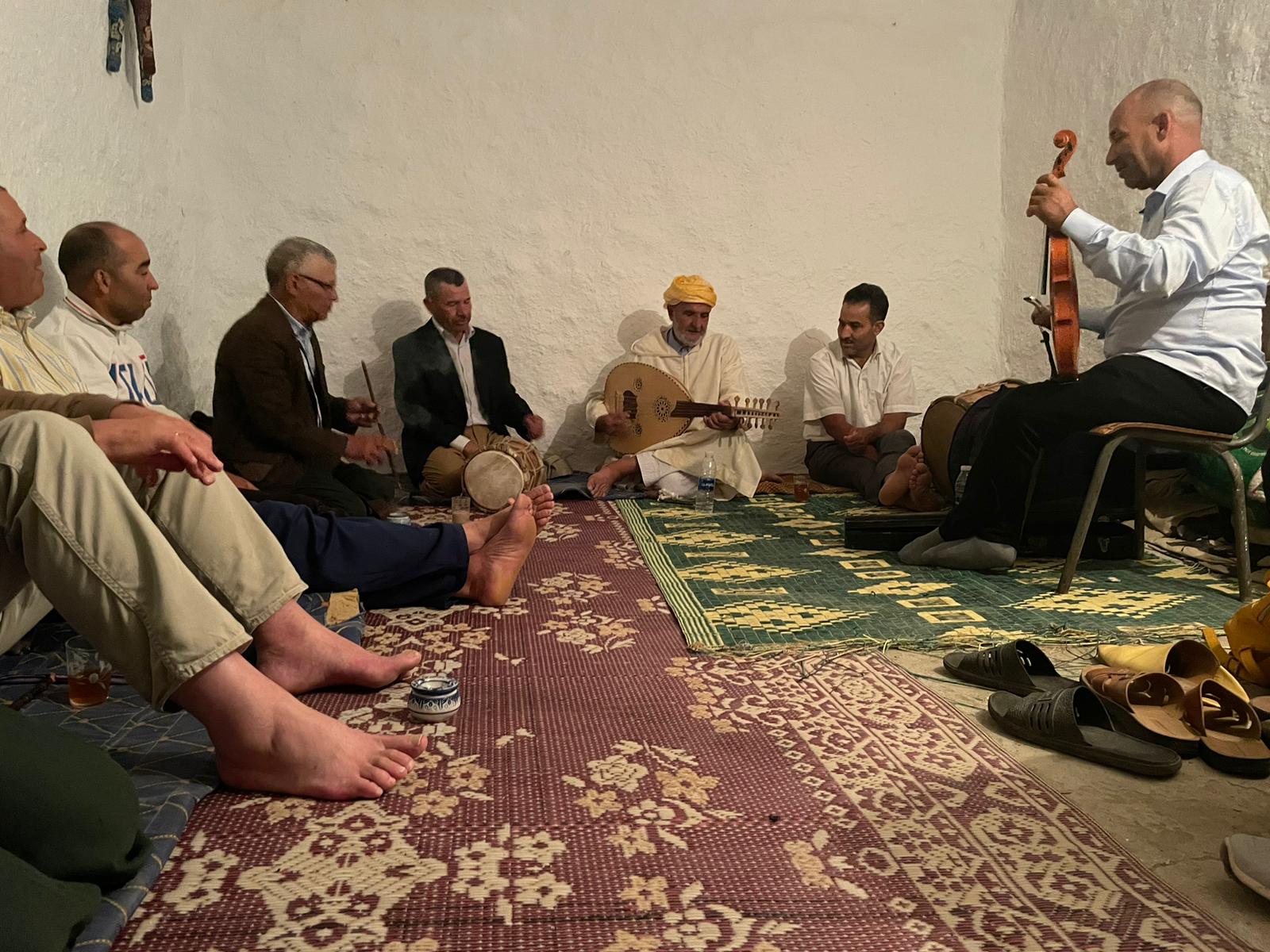 There were new violin and oud players, Mohamed El Aouni and Nassar El Ghrib (both pictured above). They brought fresh energy to the orchestra, led as always by Ahmed El Attar (main picture). Many regulars commented on the inspired quality of the playing this year. They frequently got into one of those grooves in which the notes seemed to soar, and the beauty of the music felt elevated in a way that's unique, and shared with those around them. A pleasure too for the musicians, aware that they're the top of their game.
There were new violin and oud players, Mohamed El Aouni and Nassar El Ghrib (both pictured above). They brought fresh energy to the orchestra, led as always by Ahmed El Attar (main picture). Many regulars commented on the inspired quality of the playing this year. They frequently got into one of those grooves in which the notes seemed to soar, and the beauty of the music felt elevated in a way that's unique, and shared with those around them. A pleasure too for the musicians, aware that they're the top of their game.
As the day, evening and night go on, the musicians might launch into a suite of connected songs, lasting as much as an hour and half, with subtle changes in rhythm that release energy and set the players off into another upswing of enthusiasm. This doesn’t always happen in the same space, and often starts up spontaneously in one of the rooms adjacent to the main performance area. 'Performance' is not really what they are about, as they invite audience participation, not begging for engagement, as happens in so many other festivals, with the staple “Is everyone feeling alright?”, but eliciting hand-claps, and, from those who cannot resist the call of the music, dancing, along with some of the musicians themselves, or without. The dance invites an opportunity for direct interaction with the players, who thrive on eye-contact and an exchange of energy with those moved to take the floor. Any dancer who wishes can infuse the musicians with extra power, through physical presence and movement, and the musicians in turn can lift the mood of those who dance before them.
For this reason, Joujouka isn't strictly speaking a festival, although it's billed as such. There's no adequate word for what is really a healing ceremony, shared by players and guests alike. This collective and intimate experience reaches its climax at the end of every night of playing, when the musicians dress up and play the music for which Joujouka is most famous: 9 of them play raitas, double-reeded instruments designed for outdoor rituals and parties, common to most cultures from Central Asia and India through to Spain and Brittany. To say that they are loud is an understatement. Accompanied by five tabel, a drum often associated with this immensely powerful wind instrument. It’s known as a daouli in Greece, where it's almost always played by Roma musicians, and is beaten with a wooden stick in the right hand and a switch on the left, combining low and high pitch to explosive effect.
The Masters play this for well on an hour, non-stop, building slowly into a well-organised frenzy, a paradoxical and yet enchanting combination of rigorous polyrhythmic interaction and mad chaos, guaranteed to further loosen minds and bodies, unhinged by the gentler music earlier in the day. The sound travels spatially, moving across the line of players; there are subtle harmonics that dislodge the ear from any kind of expectation, and it goes on and on, always hovering tantalisingly, as in the build-up to an orgasm, on the edge of explosion and release. This could be compared to free jazz, and Ornette Coleman was excited enough by this music to want to record with them, but it's well beyond comparison, and reaches the ear - and the whole body - with extraordinary force.
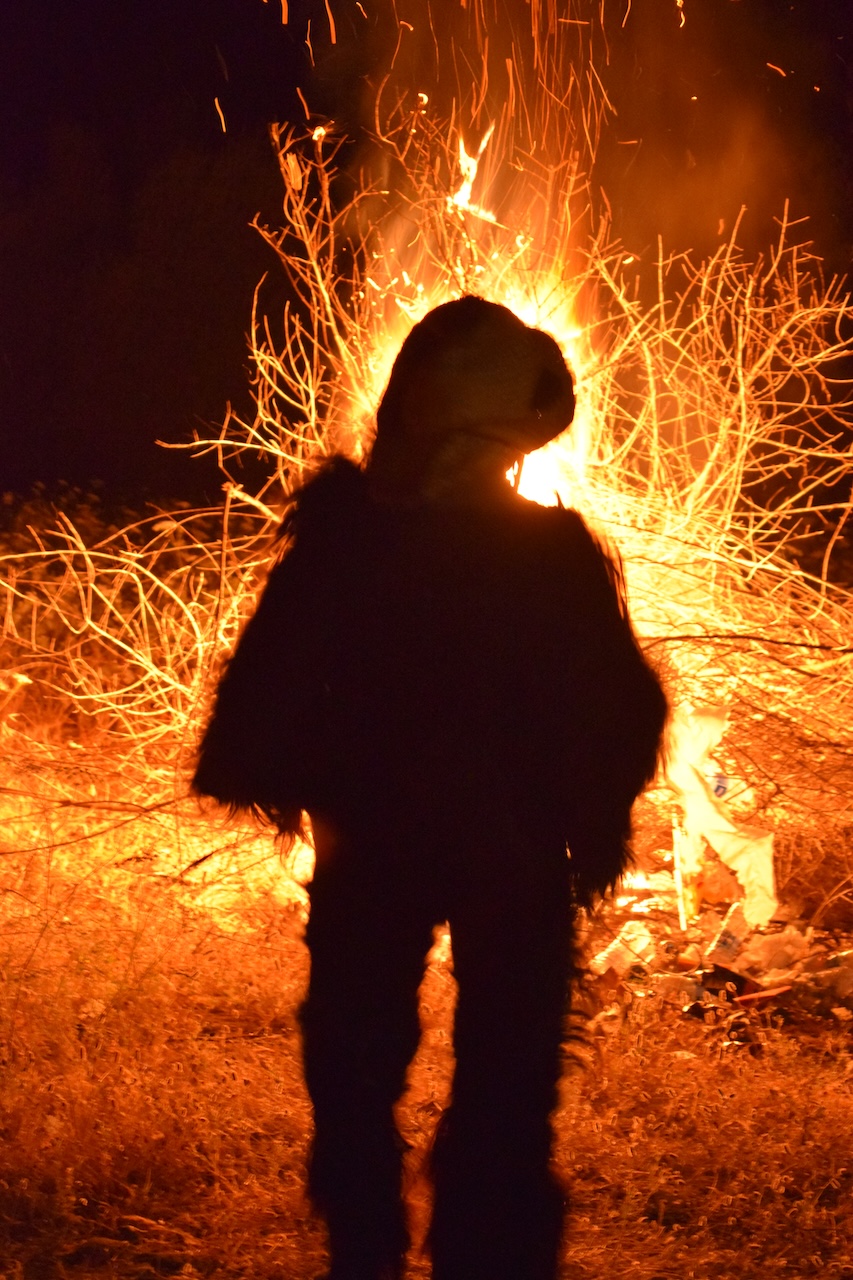


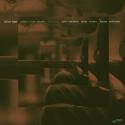
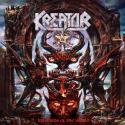

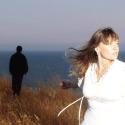
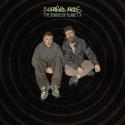

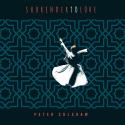




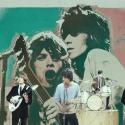
Add comment